Home>diy>Home Improvement>How Much Does A Pool Renovation Cost
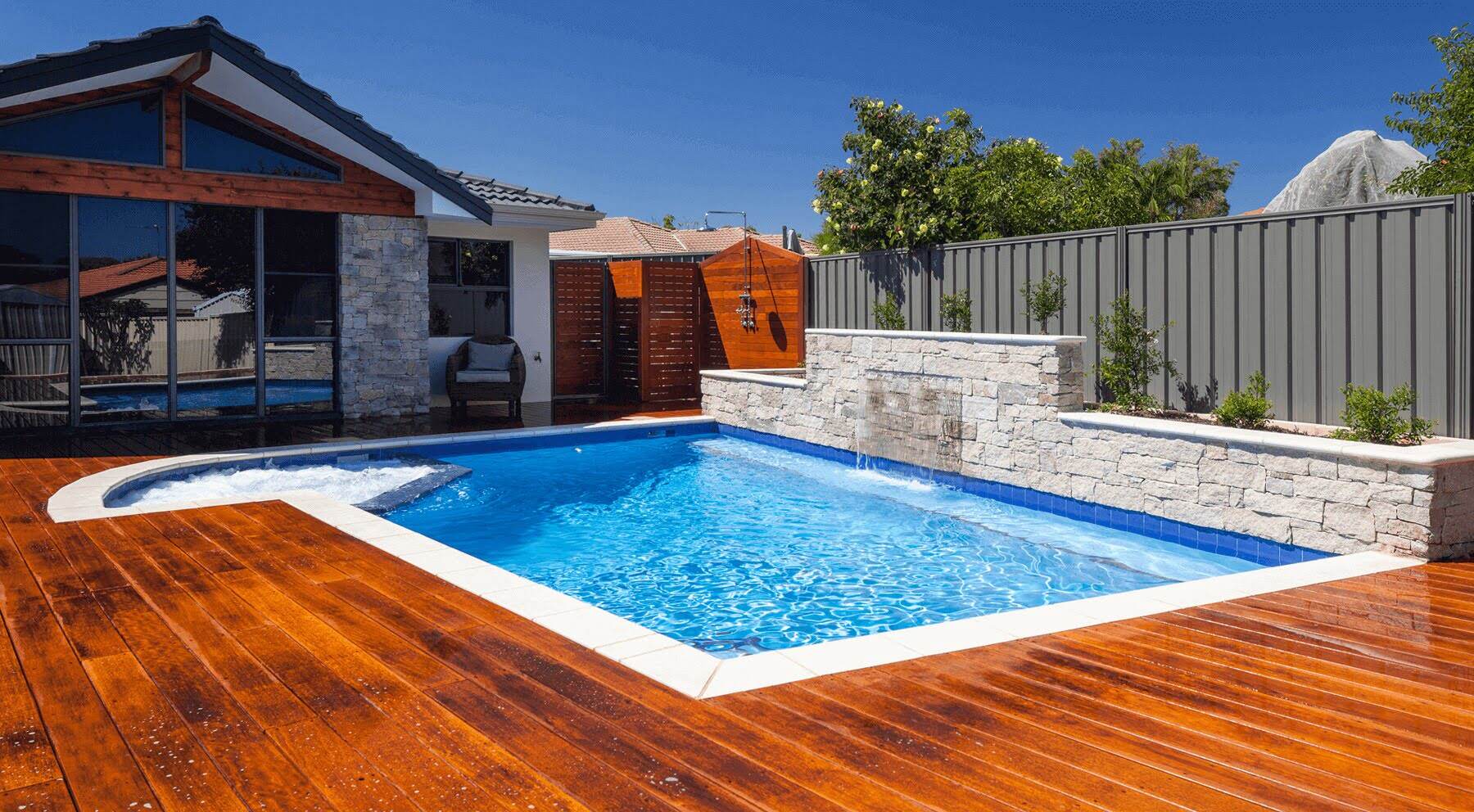

Home Improvement
How Much Does A Pool Renovation Cost
Modified: October 20, 2024
Discover the cost of pool renovations in this comprehensive guide. Transform your backyard with a home improvement project that fits your budget.
(Many of the links in this article redirect to a specific reviewed product. Your purchase of these products through affiliate links helps to generate commission for Storables.com, at no extra cost. Learn more)
Introduction
A pool renovation can be an exciting project that breathes new life into your backyard oasis. Whether your pool is outdated, damaged, or simply in need of a refresh, renovating it can transform it into a stunning and functional space that you and your family can enjoy for years to come. However, before diving into a pool renovation, it’s essential to understand the factors that can affect the cost of the project.
Pool renovation costs can vary widely depending on a variety of factors such as the size of the pool, the extent of the renovations, and the materials used. By understanding these factors, you can better budget and plan for your pool renovation project.
Key Takeaways:
- Pool renovation costs vary based on factors like pool size, scope of renovation, materials used, and location. Thorough planning and hiring experienced professionals are crucial for a successful project.
- Financing options such as personal savings, home equity loans, and personal loans can help make pool renovations more affordable. Careful consideration of each option is essential for long-term financial goals.
Read more: How Much Does Skylight Cost
Factors Affecting Pool Renovation Cost
Several key factors can impact the cost of a pool renovation:
- Pool Size and Shape: The size and shape of your pool play a significant role in determining the cost of the renovation. Larger or uniquely shaped pools may require more materials and labor, leading to higher expenses.
- Scope of Renovation: The extent of the renovation will also affect the overall cost. Some renovations may focus solely on the pool surface, while others may include deck and equipment upgrades. The more comprehensive the renovation, the higher the cost.
- Materials Used: The choice of materials for your pool renovation can greatly impact the cost. High-end materials like natural stone or glass tiles will be more expensive than standard materials.
- Location and Accessibility: The location of your pool and its accessibility can affect the cost of labor. If your pool is located in a remote area or requires specialized equipment for the renovation, it can increase the overall expense.
Understanding these factors will help you evaluate the cost of your pool renovation more accurately. However, before embarking on a pool renovation project, it’s crucial to conduct a detailed assessment and proper planning.
Key Takeaways:
- Pool renovation costs vary based on factors like pool size, scope of renovation, materials used, and location. Thorough planning and hiring experienced professionals are crucial for a successful project.
- Financing options such as personal savings, home equity loans, and personal loans can help make pool renovations more affordable. Careful consideration of each option is essential for long-term financial goals.
Read more: How Much Does Skylight Cost
Factors Affecting Pool Renovation Cost
When it comes to a pool renovation, there are several key factors that can impact the overall cost of the project. By understanding these factors, you can better plan and budget for your pool renovation. Let’s take a closer look at what influences the cost:
- Pool Size and Shape: The size and shape of your pool are significant factors in determining the cost of renovation. Generally, larger pools require more materials and longer labor hours, resulting in a higher cost. Additionally, pools with irregular shapes or complex designs may also require more time and effort to renovate, adding to the overall expenses.
- Scope of Renovation: The extent of your pool renovation will also impact the cost. Are you looking to simply resurface the pool, or do you want to completely overhaul the entire pool area, including the deck, landscaping, and additional features? The more extensive the renovation, the higher the cost will be. It’s important to clearly define your renovation goals and budget accordingly.
- Materials Used: The choice of materials for your pool renovation can greatly affect the cost. There is a wide range of materials available, each with its own price point. For example, if you opt for high-end materials like natural stone pavers or glass tiles, you can expect a higher cost compared to more budget-friendly options such as concrete or ceramic tiles. It’s essential to consider both the aesthetic appeal and your budget when selecting materials for your pool renovation.
- Location and Accessibility: The location of your pool and its accessibility can impact the overall cost of the renovation. If your pool is situated in a remote or challenging-to-reach area, it may require additional transportation and labor costs. Similarly, if there are obstacles such as trees, fences, or structures hindering the renovation process, it can also contribute to additional expenses. It’s important to factor in these logistical considerations when estimating the cost of your pool renovation.
- Additional Features and Upgrades: The inclusion of any additional features or upgrades in your pool renovation will also affect the cost. Are you considering adding a new water feature, such as a waterfall or fountain? Or perhaps you’re interested in incorporating energy-efficient equipment? These enhancements can enhance the functionality and aesthetics of your pool but will require an additional investment.
Each pool renovation project is unique, and the cost will vary based on these factors. To ensure an accurate estimate, it’s recommended to consult with a professional pool renovation contractor who can assess your specific needs and provide a detailed breakdown of costs.
Now that you have an understanding of the factors influencing pool renovation costs, let’s explore the different aspects of a pool renovation project in more detail.
Assessment and Planning
Before embarking on a pool renovation project, it’s crucial to conduct a thorough assessment and proper planning. This will help you identify the specific needs of your pool and establish a realistic budget. Here’s what you need to consider during the assessment and planning phase:
1. Pool Inspection: Start by assessing the current condition of your pool. Look for signs of damage, such as cracks, leaks, or worn-out surfaces. Determine if any structural repairs are necessary. This will help you prioritize the renovation tasks and allocate your budget accordingly.
2. Renovation Goals: Define your renovation goals. Are you primarily focused on improving the aesthetic appeal of your pool, enhancing its functionality, or addressing specific issues? Clearly articulate your objectives to ensure that the renovation aligns with your vision.
3. Budgeting: Establish a realistic budget for your pool renovation. Consider the factors discussed earlier, such as the size of your pool, the scope of renovation, and the materials you plan to use. It’s essential to allocate funds for both the pool itself and any additional features or upgrades you may want to incorporate.
4. Design and Style: Determine the design and style you want for your renovated pool. Consider aspects such as the color scheme, tile patterns, and architectural elements that will complement your outdoor space. Look for inspiration online, consult with a designer, or visit showrooms to gather ideas.
5. Permits and Regulations: Check with your local municipality regarding any necessary permits or regulations for pool renovations. Ensure that you comply with all safety codes and zoning requirements. Consulting with professionals who are familiar with local regulations can help you navigate this process smoothly.
6. Hiring Professionals: Engage with experienced pool renovation professionals who can guide you through the entire process. Research and obtain quotes from multiple contractors to compare prices and services offered. Request references and portfolios of their past work to assess their expertise and ensure they align with your vision.
7. Timeline: Establish a realistic timeline for your pool renovation. Consider factors such as weather conditions and any upcoming events or occasions that might affect the availability of contractors. Communicate openly with your chosen professionals to ensure they can accommodate your desired timeline.
By conducting a detailed assessment and effective planning, you can set the stage for a successful pool renovation project. Take the time to thoroughly evaluate your pool’s condition, establish your goals and budget, and engage with reliable professionals. This will help ensure that your pool renovation project proceeds smoothly and that you achieve the desired results.
Now that the assessment and planning phase is complete, let’s explore the various aspects of pool renovation, starting with the pool surface renovation.
Pool Surface Renovation
One of the most significant aspects of a pool renovation is the surface. Over time, the pool surface can become faded, cracked, or outdated, detracting from the overall appearance of your pool. Renovating the pool surface not only enhances the aesthetic appeal but also addresses structural issues and ensures a smooth and durable finish. Here’s what you need to know about pool surface renovation:
1. Resurfacing Options: There are several options available for resurfacing your pool, each with its own advantages and costs. The most common options include:
- Plaster: Plaster is a traditional and affordable pool surface option. It provides a smooth and clean finish. However, it may require more maintenance and is prone to staining and discoloration over time.
- Pebble and Aggregate: Pebble and aggregate finishes offer a more natural and textured look. These finishes are durable and resistant to stains and chemicals. They also provide better traction, making them a popular choice for pool surfaces.
- Tiles: Tile surfaces are the most luxurious and long-lasting option. They come in a variety of colors, patterns, and sizes, allowing for customization and creating stunning visual effects. However, this option tends to be more expensive compared to plaster or pebble finishes.
2. Surface Preparation: Before applying the new surface, the pool needs to be properly prepared. This involves draining the pool and ensuring that the surface is clean and free from debris, old plaster, or tiles. The pool may also require repairs to address any structural issues, such as fixing cracks or reinforcing the pool walls.
3. Application Process: The surface material chosen will determine the application process. For plaster, it is typically applied in multiple layers, allowing each layer to cure before adding the next. Pebble and aggregate finishes are applied with a trowel, embedding the pebbles into a cement or epoxy base. Tile surfaces require careful installation, adhering the tiles to the pool walls and floor following a measured pattern.
4. Customization and Upgrades: Pool surface renovation provides an opportunity to customize your pool and incorporate upgrades. Consider adding waterline tile accents, decorative mosaics, or LED lighting for a visually stunning effect. These additions can transform your pool into a true showcase.
5. Maintenance: Once the pool surface renovation is complete, proper maintenance is crucial to ensure the longevity of the new surface. Regular cleaning, pH balancing, and routine inspections will help prevent staining, chipping, or other surface damage.
Pool surface renovation is an essential aspect of pool remodeling, as it not only enhances the overall appearance but also addresses any underlying structural issues. Through proper surface preparation, selection of the right materials, and attention to customization and maintenance, you can achieve a beautiful and durable pool surface that will stand the test of time.
Now that we’ve covered the pool surface renovation, let’s move on to the next crucial component: pool deck renovation.
Read more: How Much Does It Cost For A Patio
Pool Deck Renovation
The pool deck is an integral part of your pool area, providing a functional and visually appealing space for lounging, entertaining, and enjoying the pool. Over time, pool decks can become worn out, cracked, or outdated, diminishing the overall aesthetic appeal and safety. Renovating the pool deck not only enhances the look of your outdoor space but also improves functionality and safety. Here’s what you need to know about pool deck renovation:
1. Material Options: There are various materials available for pool deck renovation, each with its own advantages and costs. The common choices include:
- Concrete: Concrete is a popular and cost-effective option for pool decks. It can be poured or stamped to create various textures and colors. Concrete is durable, low-maintenance, and provides a smooth and slip-resistant surface.
- Pavers: Pavers are individual units made from materials like stone, brick, or concrete. They offer a wide range of design options since they come in different shapes, sizes, and colors. Pavers are also durable, easy to replace if damaged, and resistant to cracking.
- Wood: Wood decks provide a natural and warm aesthetic to your pool area. They can be made from various types of wood, such as cedar or mahogany. Wood decks require regular maintenance, including staining and sealing, to withstand the moisture and pool chemicals.
2. Design and Layout: Consider the design and layout of your pool deck renovation. Determine the size and shape of the deck, as well as the placement of features like seating areas, outdoor kitchens, or fire pits. Keep in mind elements such as sun exposure, views, and privacy to create a functional and inviting space.
3. Safety Considerations: Safety is paramount when renovating a pool deck. Ensure that the material chosen provides a non-slip surface, especially when wet. Incorporate safety features like handrails, edge treatments, or non-slip coatings to minimize the risk of accidents and enhance the overall safety of the deck area.
4. Removal and Preparation: Before renovating the pool deck, the existing material needs to be removed. This may involve demolishing a concrete deck or removing pavers. The surface should then be properly prepared, including cleaning, leveling, and applying any necessary coatings or waterproofing treatments.
5. Installation and Finishing: The installation process will depend on the chosen material. Concrete decks can be poured or stamped to create desired textures and patterns. Pavers are laid on a prepared base, ensuring proper spacing and alignment. Wood decks require careful installation and finishing, including sealing and waterproofing to protect against moisture damage.
6. Enhancements and Upgrades: Pool deck renovation presents an opportunity to incorporate enhancements and upgrades. Consider adding features like built-in seating, shade structures, outdoor lighting, or an outdoor kitchen. These additions can elevate the functionality and enjoyment of your pool deck area.
By renovating your pool deck, you can transform your outdoor space into a welcoming and functional area that complements your pool. Carefully selecting the materials, considering safety aspects, and incorporating design elements will result in a rejuvenated deck that enhances both the aesthetic and functionality of your pool area.
Now that we’ve covered pool surface and deck renovations, let’s move on to another important aspect: pool equipment upgrades.
Consider the size, materials, and additional features you want for your pool renovation. Get multiple quotes from reputable contractors to compare costs and ensure you’re getting a fair price.
Pool Equipment Upgrades
Upgrading your pool equipment is an essential component of a pool renovation project. Outdated or inefficient equipment can result in poor water quality, increased energy consumption, and higher maintenance costs. By investing in modern and energy-efficient pool equipment, you can enhance the overall efficiency, performance, and longevity of your pool. Here are some key equipment upgrades to consider:
1. Pool Pump: The pool pump is the heart of your pool’s circulation system. Upgrading to a variable-speed pool pump can significantly reduce energy consumption compared to traditional single-speed pumps. Variable-speed pumps allow you to adjust the speed according to the specific needs of your pool, resulting in energy savings and quieter operation.
2. Pool Filter: The pool filter plays a crucial role in maintaining clean and clear water. Consider upgrading to a high-efficiency filter, such as a cartridge or a sand filter. These filters offer excellent filtration capabilities while minimizing water and energy waste.
3. Pool Heater: If you enjoy using your pool year-round or extending the swimming season, upgrading your pool heater can improve comfort and convenience. Consider options like solar heaters, heat pumps, or energy-efficient gas heaters that provide better temperature control and reduced operating costs.
4. Pool Cleaner: Pool cleaners help keep your pool free from debris and maintain water clarity. Upgrading to an automatic pool cleaner can save you time and effort in manual cleaning. Options include robotic cleaners that operate independently, efficiently scrubbing and vacuuming the pool floor and walls.
5. Sanitization System: The sanitization system is crucial for maintaining safe and healthy water. Consider upgrading to a saltwater chlorination system or an ozone generator. These systems provide effective sanitation while minimizing the use of harsh chemicals, resulting in a more eco-friendly and skin-friendly swimming experience.
6. Automation and Control Systems: Modern pool automation and control systems allow you to manage various pool functions with ease. Upgrading to a smart control system enables you to adjust water temperature, set pump and lighting schedules, and monitor water chemistry through a mobile app. This provides convenience and the ability to optimize energy usage.
7. LED Pool Lighting: LED pool lighting not only enhances the ambience and aesthetics but also offers energy savings and durability. LED lights are more energy-efficient and can generate vibrant colors to create a visually stunning pool atmosphere during nighttime swimming or entertainment.
By upgrading your pool equipment, you can improve energy efficiency, reduce maintenance, enhance water quality, and maximize the overall enjoyment of your pool. Consult with a pool professional to determine the most suitable upgrades for your specific needs and budget.
Now that we’ve explored pool equipment upgrades, let’s delve into the essential considerations of plumbing and electrical work during a pool renovation.
Plumbing and Electrical Work
During a pool renovation, it’s crucial to address any necessary plumbing and electrical work to ensure the proper functioning and safety of your pool. Plumbing and electrical systems play a vital role in maintaining the circulation, filtration, and overall operation of your pool. Here are some key considerations when it comes to plumbing and electrical work:
1. Plumbing: Plumbing upgrades may be necessary to improve water flow, address leaks, or accommodate new equipment. This can involve replacing pipes, valves, or fittings to ensure proper water circulation. It’s important to work with a professional plumber who specializes in pool systems to assess the plumbing needs and make any necessary repairs or upgrades.
2. Filtration System: The filtration system is a critical component of your pool that keeps the water clean and clear. Upgrading the filtration system may involve adding or replacing filters, valves, or manifold systems. This ensures efficient filtration and proper maintenance of water quality.
3. Pump and Motor Upgrades: The pool pump and motor are responsible for circulating water and powering various pool features. If your current pump is outdated or underperforming, it may be necessary to upgrade to a more energy-efficient and reliable option. This can improve water circulation, reduce energy consumption, and enhance overall pool performance.
4. Electrical Connections: Electrical work is essential to power pool equipment, lighting, and control systems. Upgrading electrical connections may involve adding or rewiring circuits, installing ground fault circuit interrupters (GFCIs) for safety, and ensuring compliance with local electrical codes. It is advisable to hire a licensed electrician experienced in pool electrical systems to handle these tasks.
5. Safety Measures: During a pool renovation, it’s important to address safety measures related to electrical and plumbing systems. This includes ensuring proper grounding and bonding of equipment, installing safety switches near the pool area, and adhering to safety regulations. These measures help protect swimmers and prevent electrical hazards.
6. Energy Efficiency: A pool renovation presents an opportunity to improve energy efficiency in your pool system. Consider installing energy-efficient equipment, such as variable-speed pumps, LED lights, or solar-powered heating systems. These upgrades can reduce energy consumption, lower operating costs, and minimize your pool’s environmental impact.
Working with experienced professionals, such as plumbers and electricians specializing in pool systems, is essential to ensure that the plumbing and electrical work is done correctly and in compliance with safety regulations. They can assess your specific needs, recommend appropriate upgrades, and ensure the proper functioning of your pool’s infrastructure.
Now that we’ve covered plumbing and electrical considerations, let’s move on to the exciting aspect of landscaping and additional features in pool renovation.
Landscaping and Additional Features
A pool renovation is not complete without considering the landscaping and additional features that can enhance the overall beauty and functionality of your pool area. Landscaping adds visual appeal, creates a cohesive outdoor space, and provides a relaxing environment around your pool. Incorporating additional features can take your pool to the next level of luxury and enjoyment. Here are some ideas to consider:
1. Pool Surroundings: The area surrounding your pool plays a crucial role in the overall aesthetics. Consider landscaping options such as planting trees, shrubs, or flowers to create a lush and inviting atmosphere. Incorporate elements like decorative rocks, mulch, or gravel to define and enhance the pool surroundings. Use landscape lighting to highlight focal points and provide ambiance during the evenings.
2. Water Features: Water features can enhance the visual appeal and create a tranquil ambiance in your pool area. Consider adding features such as waterfalls, fountains, or cascading wall jets. These elements not only add beauty but also provide soothing sounds and can help mask background noise.
3. Fire Features: Adding fire features can provide warmth and create a cozy atmosphere around your pool. Consider options like fire pits, fireplaces, or tiki torches. These features not only extend the usability of your pool area into the cooler evenings but also add an element of sophistication and relaxation.
4. Outdoor Seating and Lounge Areas: Create comfortable and inviting spaces for relaxation and socializing. Install seating options such as benches, loungers, or outdoor sofas. Consider incorporating shade structures, such as pergolas or umbrellas, to provide relief from the sun’s rays. Designate areas for dining, entertaining, or sunbathing to maximize the functionality of your pool area.
5. Outdoor Kitchen and Bar: Enhance your poolside experience by adding an outdoor kitchen or bar. This feature allows for convenient outdoor cooking, dining, and entertaining. Install a grill, sink, refrigerator, and seating area to create a fully functional outdoor kitchen that complements your pool area.
6. Pool Lighting: Lighting is a crucial aspect of pool renovation as it sets the mood and enhances safety around the pool area. Consider upgrading to LED lights for energy efficiency and customizable lighting effects. Install lighting in and around the pool, emphasizing water features, pathways, and seating areas.
7. Pool Covers and Safety Features: For added safety and convenience, consider investing in a pool cover or safety fence. A pool cover helps in maintaining water temperature, reducing evaporation, and keeping the pool clean. A safety fence adds an extra layer of protection, especially for families with children, ensuring a safe and secure pool area.
By integrating landscaping and additional features into your pool renovation, you can create an oasis that not only looks stunning but also provides a comfortable and enjoyable space for relaxation, entertainment, and outdoor living.
Now that we’ve explored landscaping and additional features, it’s essential to have a clear understanding of the labor costs involved in a pool renovation project.
Read more: How Much Does A Vanity Cost
Labor Costs
When planning a pool renovation, it’s important to consider the labor costs involved in completing the project. Labor costs can vary depending on the complexity of the renovation, the size of the pool, and the region in which you live. Here are some factors to consider when estimating labor costs:
1. Renovation Scope: The extent of your pool renovation will impact the labor costs. Renovations that involve multiple elements such as resurfacing the pool, renovating the deck, upgrading equipment, and adding additional features will require more labor compared to a smaller-scale project.
2. Required Skills and Expertise: Experienced professionals with specialized skills will be required to complete certain tasks during the renovation process. This includes licensed contractors, plumbers, electricians, and landscapers. The level of expertise needed for your specific renovation will affect the labor costs.
3. Time and Effort: The time and effort required to complete the renovation will also influence labor costs. Factors such as accessibility of the pool, the condition of existing structures, and the complexity of the design will impact the amount of time and effort needed to complete the project. This can result in varying labor costs.
4. Location: Labor costs can differ significantly depending on your location. Areas with a higher cost of living and higher demand for pool renovation services may have higher labor rates. It’s important to research and compare labor costs in your area to ensure you have an accurate estimation for your budget.
5. Contractor Selection: The contractor you choose will also affect labor costs. Different contractors may have different rates and pricing structures. It’s essential to obtain multiple quotes from reputable contractors and compare their services and pricing before making a decision.
6. Unforeseen Challenges: Renovation projects can sometimes encounter unforeseen challenges or complications. This can result in additional labor costs if additional work or repairs are required. It’s important to have a contingency budget to account for any unexpected issues that may arise during the renovation process.
It’s crucial to communicate openly and clearly with your chosen contractor during the planning phase to discuss labor costs and ensure that your budget aligns with the scope of the renovation. A reputable contractor will provide a detailed breakdown of labor costs and any potential additional expenses.
Remember that while it may be tempting to cut costs by opting for less experienced or lower-priced contractors, this can sometimes result in subpar workmanship or delays. It’s important to strike a balance between affordability and quality to ensure that your pool renovation is carried out smoothly and to your satisfaction.
Now that we’ve covered labor costs, let’s explore financing options for your pool renovation.
Financing Options for Pool Renovation
Financing a pool renovation project can be a concern for many homeowners. Fortunately, there are several financing options available to help you fund your pool renovation and make it more affordable. Here are some common financing options to consider:
1. Personal Savings: If you have sufficient savings, using your personal funds to finance your pool renovation may be the most straightforward option. This allows you to avoid interest charges and loan payments. However, it’s essential to ensure that your savings are not depleted entirely, and you still have enough for emergencies and other financial priorities.
2. Home Equity Loan: A home equity loan allows you to borrow against the equity in your home. This option provides a lump sum amount that you can use to fund your pool renovation. Home equity loans typically have fixed interest rates and set repayment terms. It’s crucial to consider the interest charged on the loan and ensure that the monthly payments fit within your budget.
3. Home Equity Line of Credit (HELOC): A HELOC is a line of credit that allows you to borrow against the equity in your home on an as-needed basis. This provides flexibility as you can borrow the funds required for your pool renovation gradually. With a HELOC, you only pay interest on the amount you borrow. However, it’s crucial to manage your spending and repayments responsibly to avoid excessive debt.
4. Personal Loans: Personal loans are unsecured loans that can be used for various purposes, including pool renovations. Personal loans typically have fixed interest rates, and repayment terms can vary. It’s important to compare loan terms from different lenders to secure the best interest rate and repayment terms that suit your financial situation.
5. Credit Cards: Credit cards can be a convenient option for financing smaller-scale pool renovations. If you have a credit card with a suitable credit limit and a low-interest rate, you can use it to fund your renovation expenses. However, it’s essential to manage your credit card debt responsibly and pay off the balance promptly to avoid high interest charges.
6. Financing Programs: Some pool contractors offer financing programs specifically tailored for pool renovations. These programs may provide competitive interest rates and flexible repayment terms. It’s advisable to research and compare the financing options offered by different contractors to find the best fit for your needs.
7. Government Assistance: Depending on your location, there may be government programs or incentives available to support home renovations, including pool renovations. Research local programs, grants, or tax incentives that can help offset the cost of your renovation project.
Before making a decision, carefully evaluate your financial situation and consider the interest rates, repayment terms, and fees associated with each financing option. It’s important to choose a financing option that aligns with your budget and long-term financial goals.
By exploring these financing options, you can find the best way to fund your pool renovation and turn your dream pool into a reality. Speak to financial advisors, pool contractors, or lenders for guidance in selecting the most suitable financing option for your specific needs.
With financing options sorted, we’re now ready to conclude our comprehensive guide to pool renovation.
Conclusion
A pool renovation is an exciting project that can transform your backyard oasis into a stunning and functional space. By considering the various factors that can affect the cost of a pool renovation, you can better plan and budget for your project. Factors such as pool size and shape, the scope of renovation, materials used, location, and additional features all contribute to the overall cost.
During the assessment and planning phase, it is essential to conduct a thorough evaluation of your pool’s condition, define your renovation goals, establish a realistic budget, and hire experienced professionals to guide you through the process. Attention should be given to every aspect, including pool surface renovation, pool deck renovation, pool equipment upgrades, plumbing and electrical work, landscaping, and additional features.
Understanding the labor costs associated with a pool renovation project is also crucial for proper budgeting. It’s important to obtain multiple quotes, considering the scope of the renovation, the expertise required, the timeline, and the location. This will ensure that you have a clear understanding of the labor expenses involved.
When financing your pool renovation, there are several options to consider, including personal savings, home equity loans, personal loans, and credit cards. It’s important to weigh the pros and cons of each option and choose the one that best aligns with your financial situation and long-term goals.
A pool renovation is an investment that enhances the beauty, functionality, and value of your home. By carefully planning and considering all aspects of the renovation, you can create a personalized and luxurious pool area that provides years of enjoyment for you and your family.
Remember to conduct thorough research, consult with professionals, and communicate openly throughout the renovation process. Whether you’re upgrading an existing pool or giving a new lease of life to a neglected one, a well-executed pool renovation can transform your outdoor space and create lasting memories.
Now that you have a comprehensive understanding of pool renovation, it’s time to dive in and start transforming your pool into the outdoor sanctuary you’ve always envisioned.
Frequently Asked Questions about How Much Does A Pool Renovation Cost
Was this page helpful?
At Storables.com, we guarantee accurate and reliable information. Our content, validated by Expert Board Contributors, is crafted following stringent Editorial Policies. We're committed to providing you with well-researched, expert-backed insights for all your informational needs.


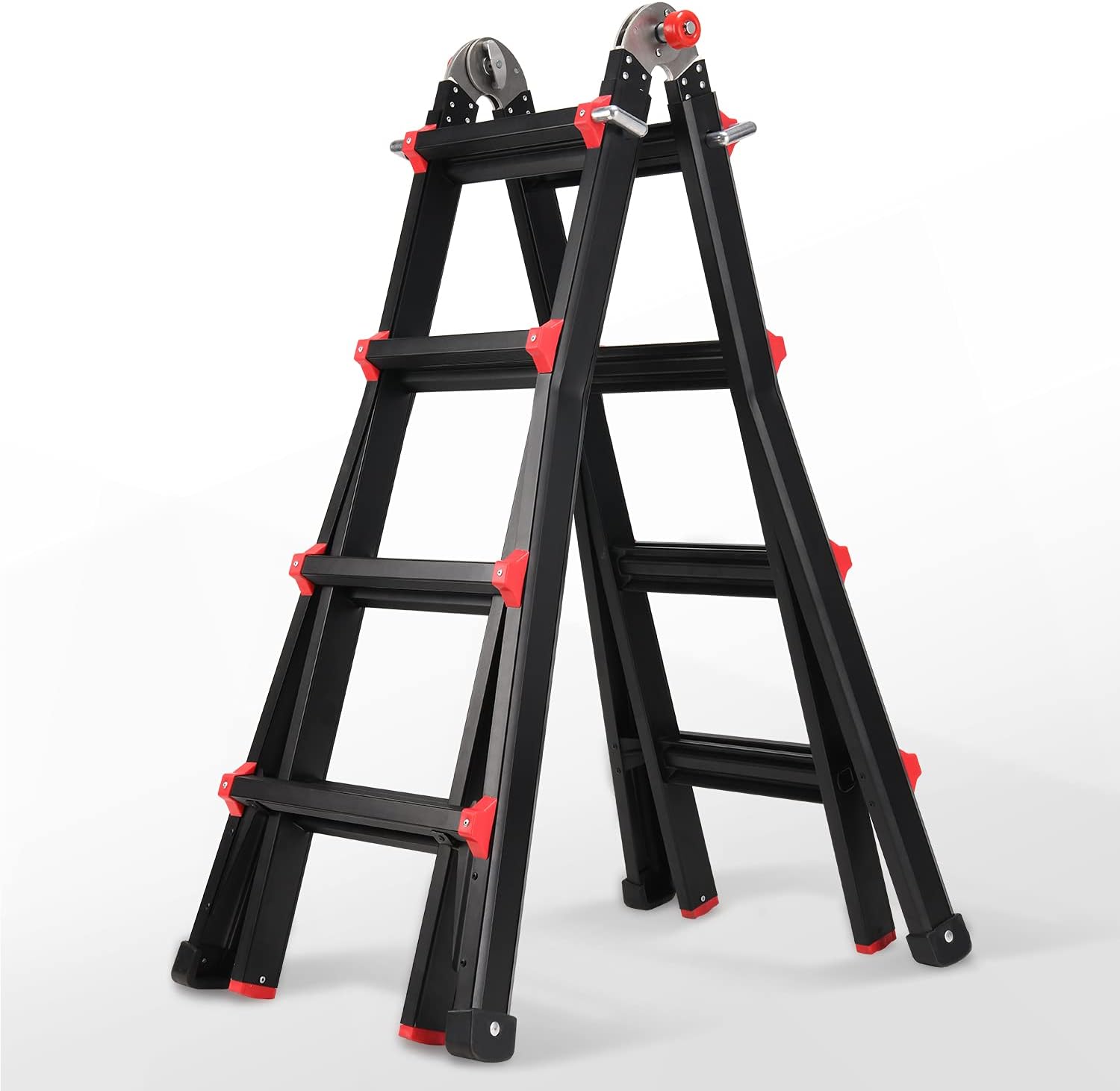
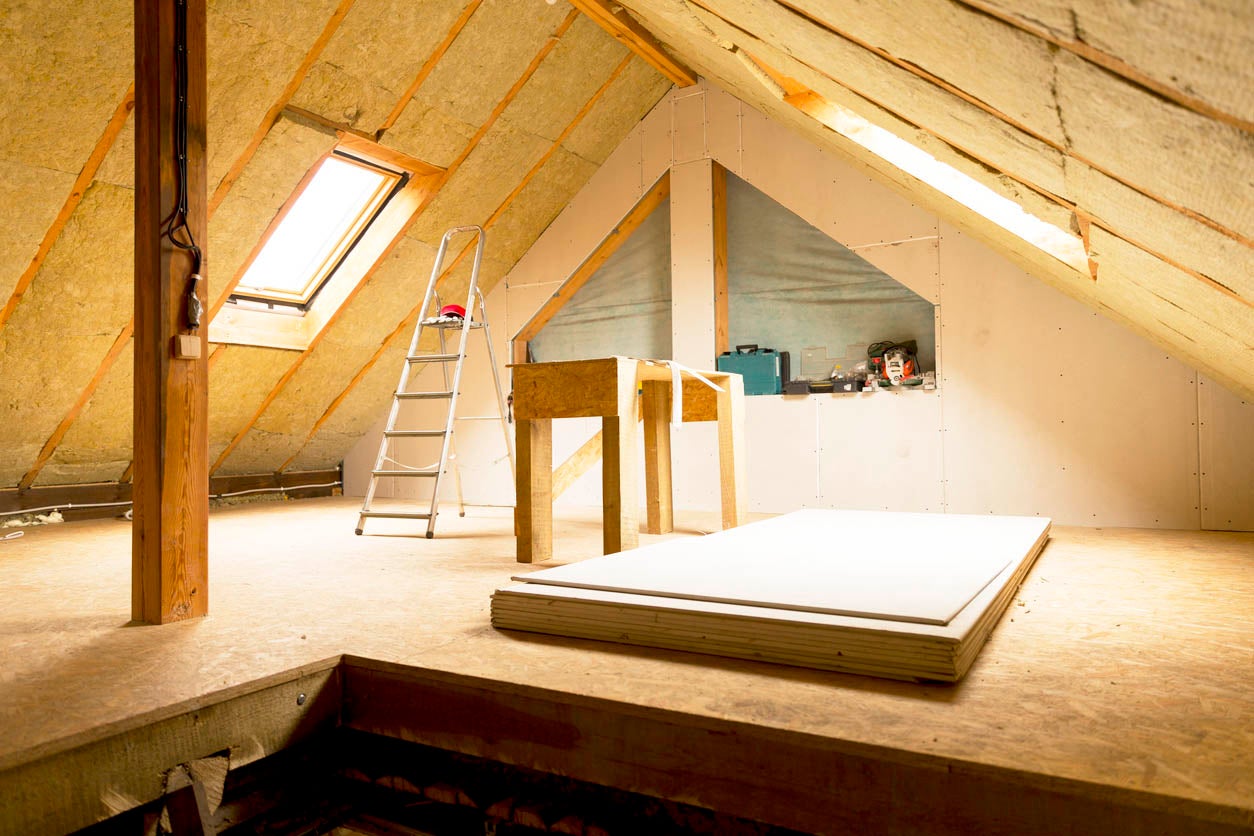
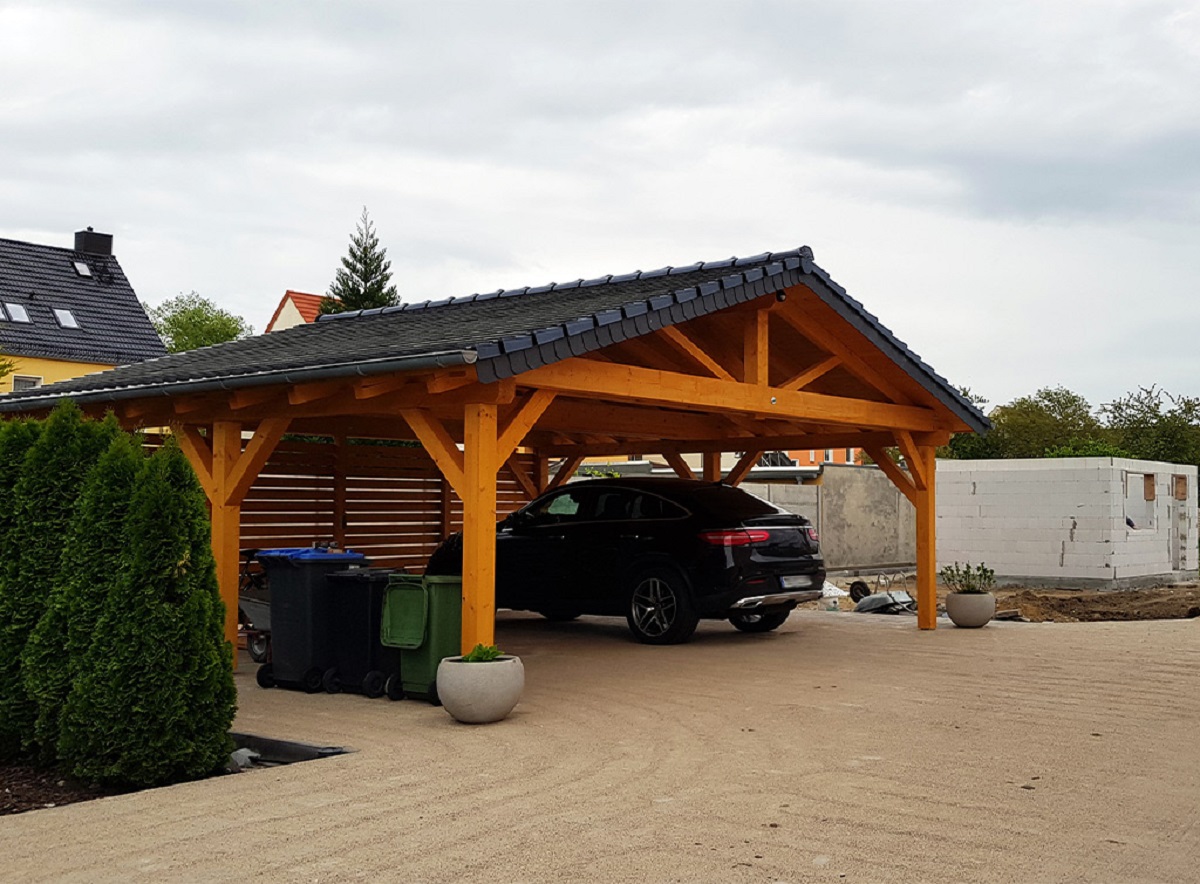
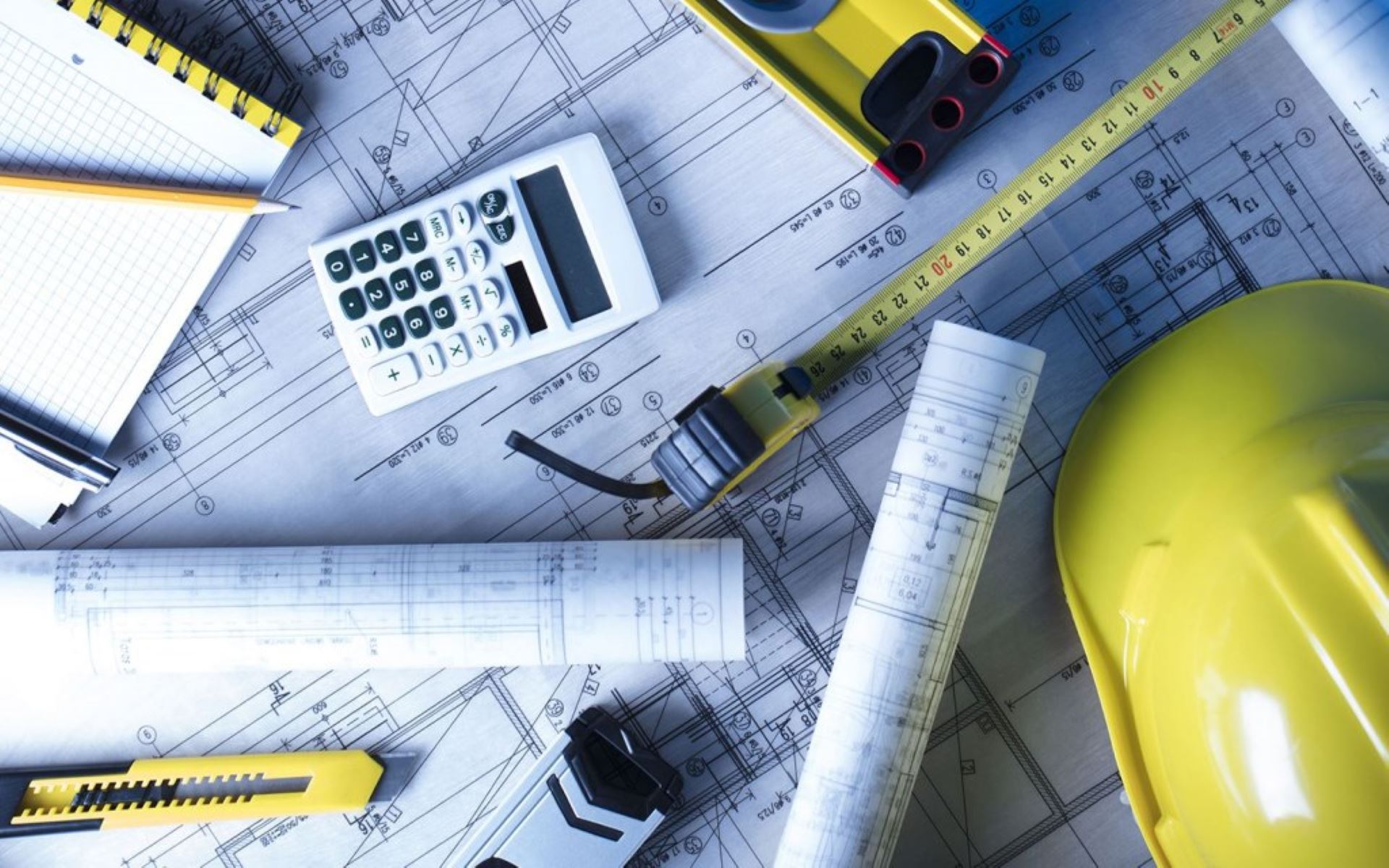
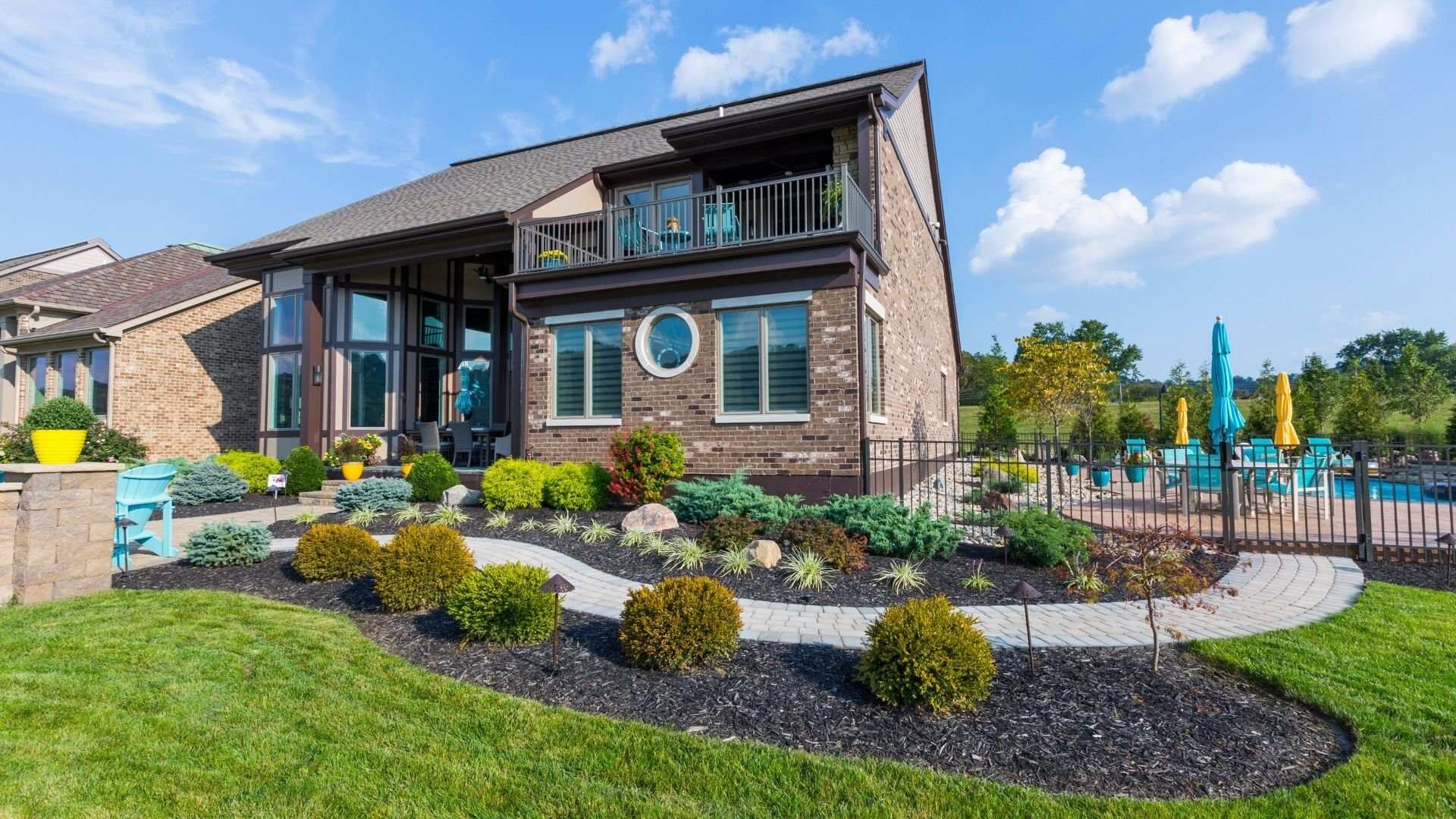
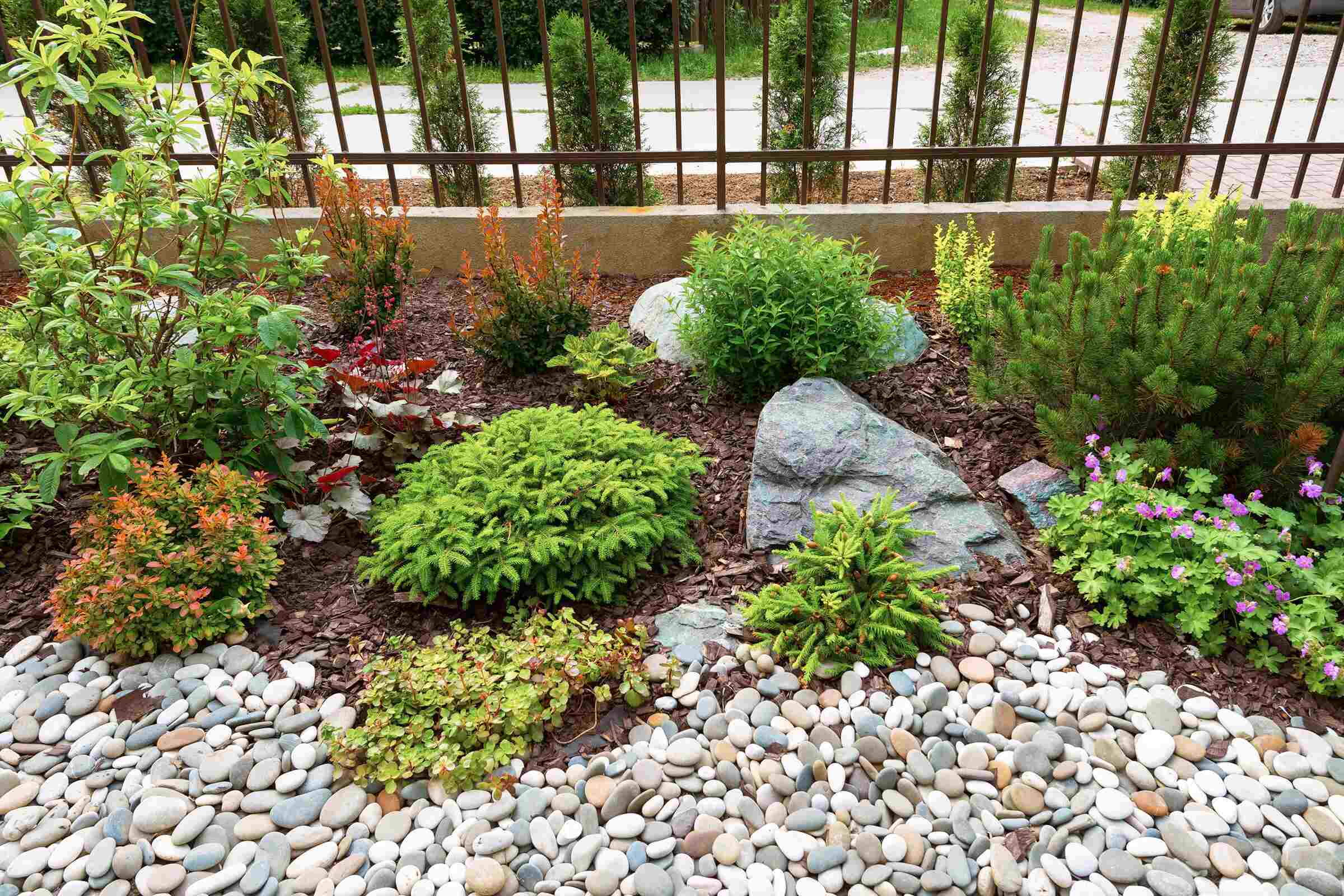
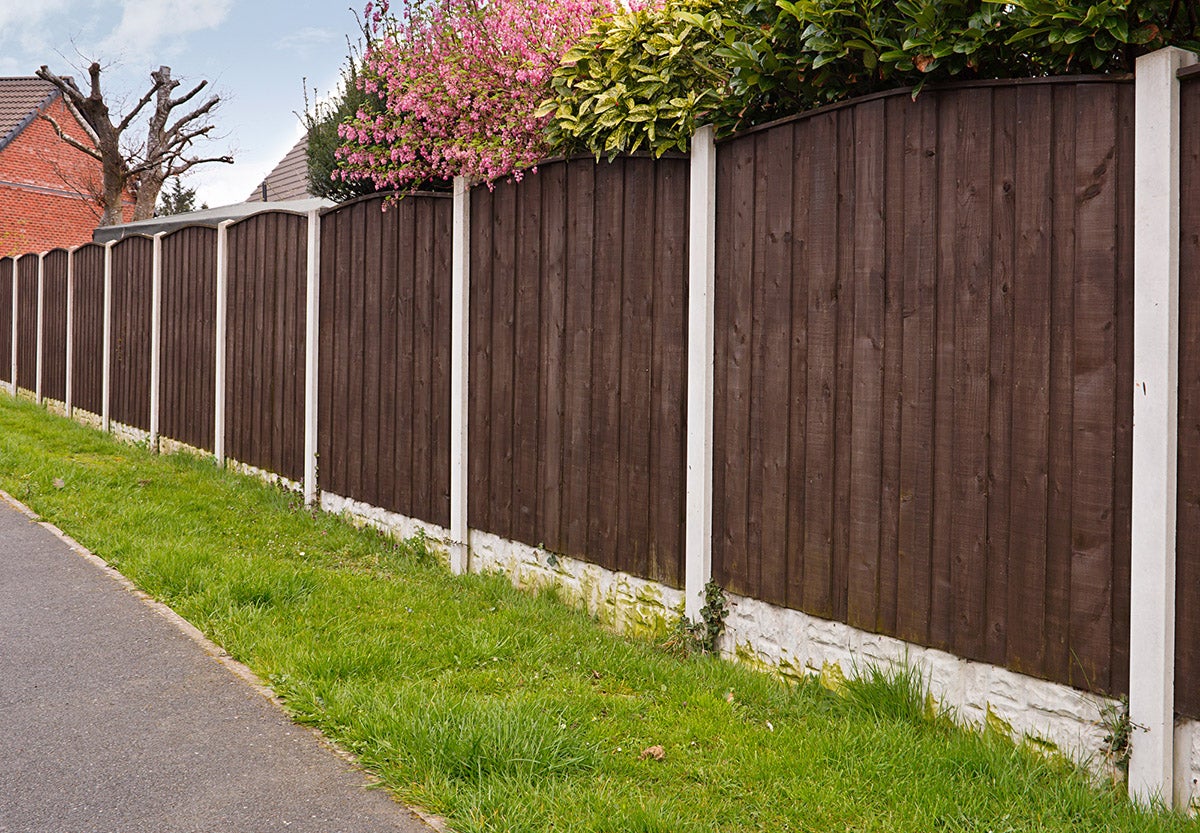
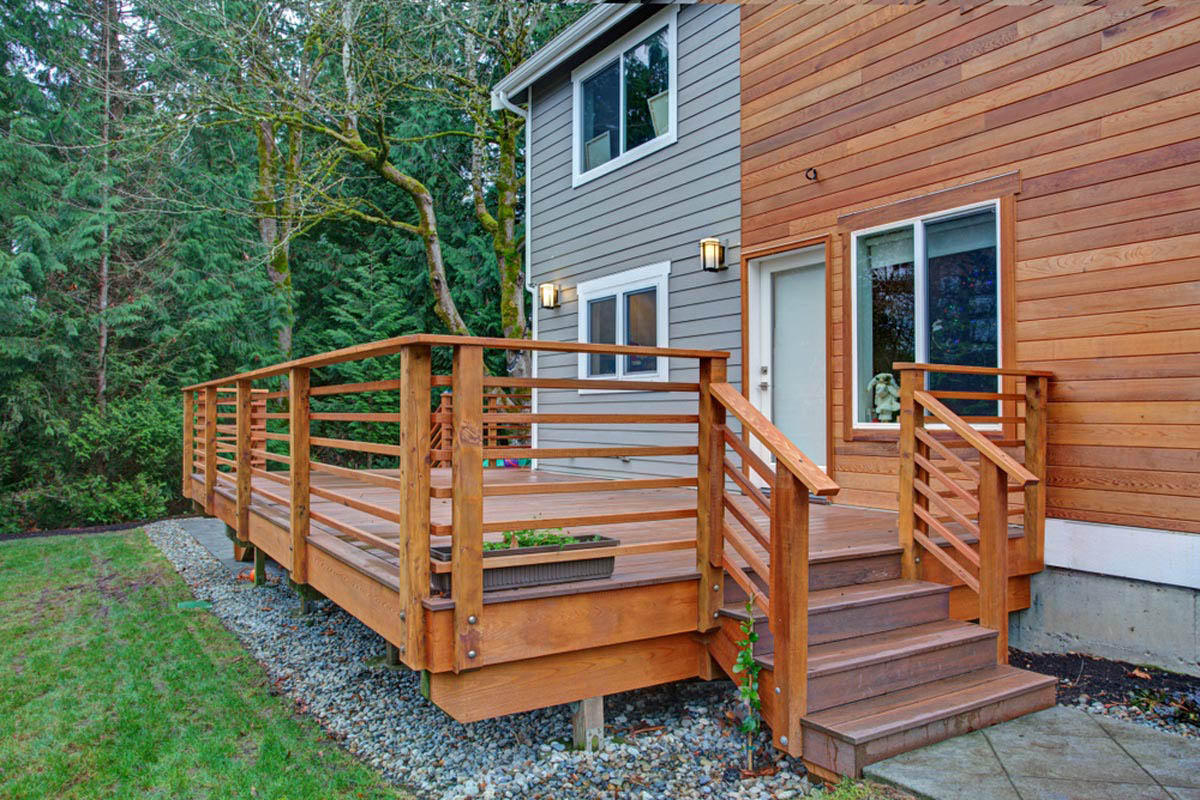
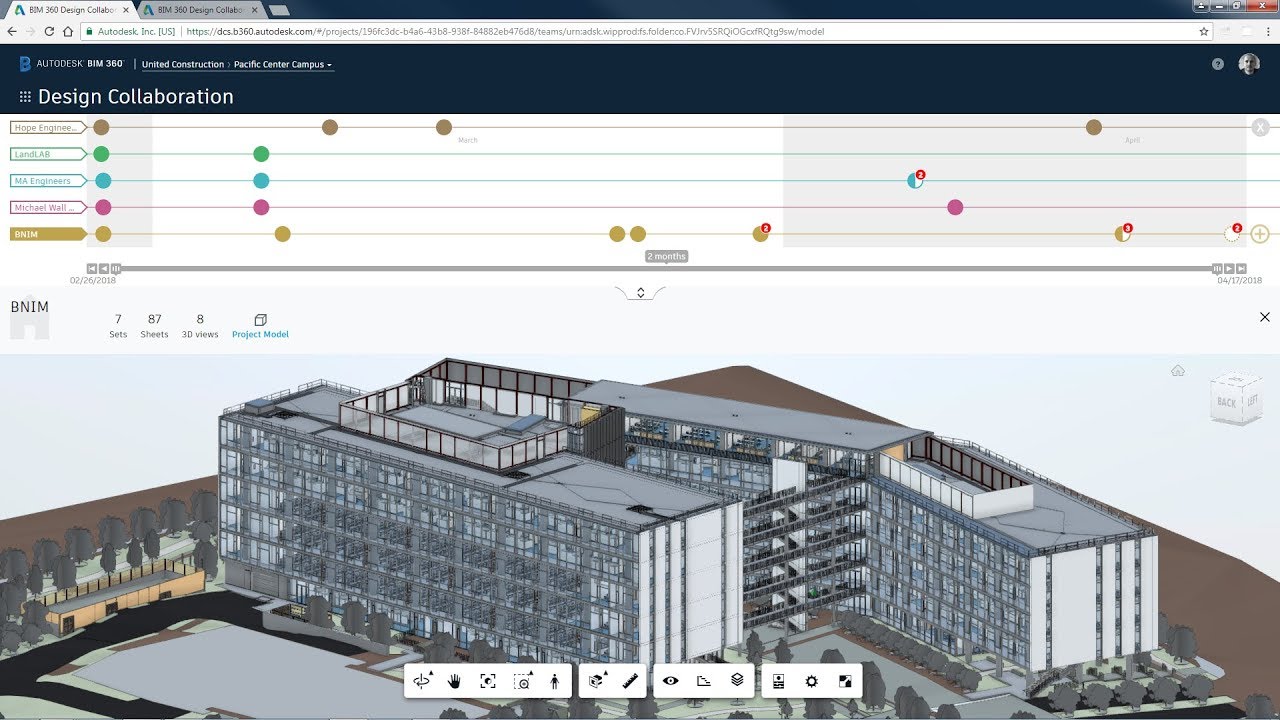

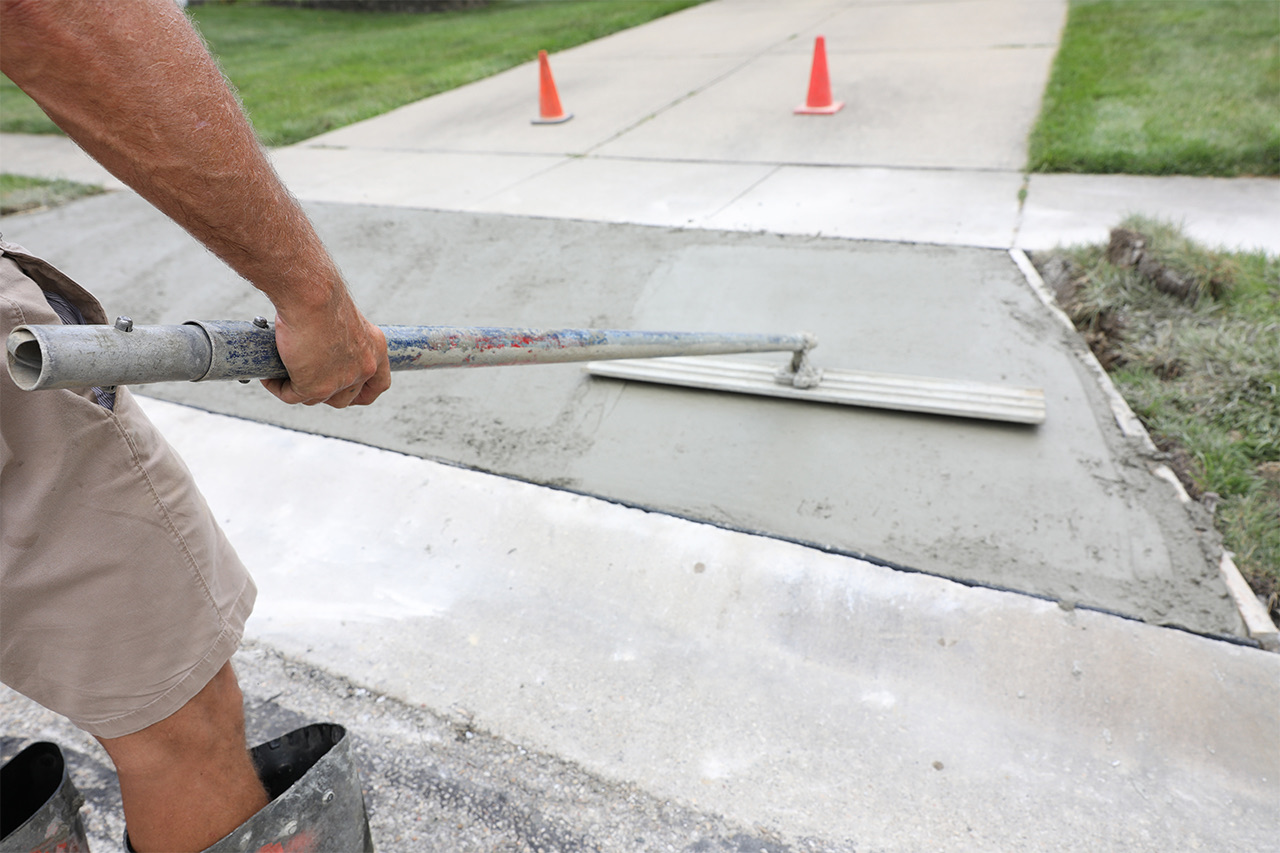

0 thoughts on “How Much Does A Pool Renovation Cost”